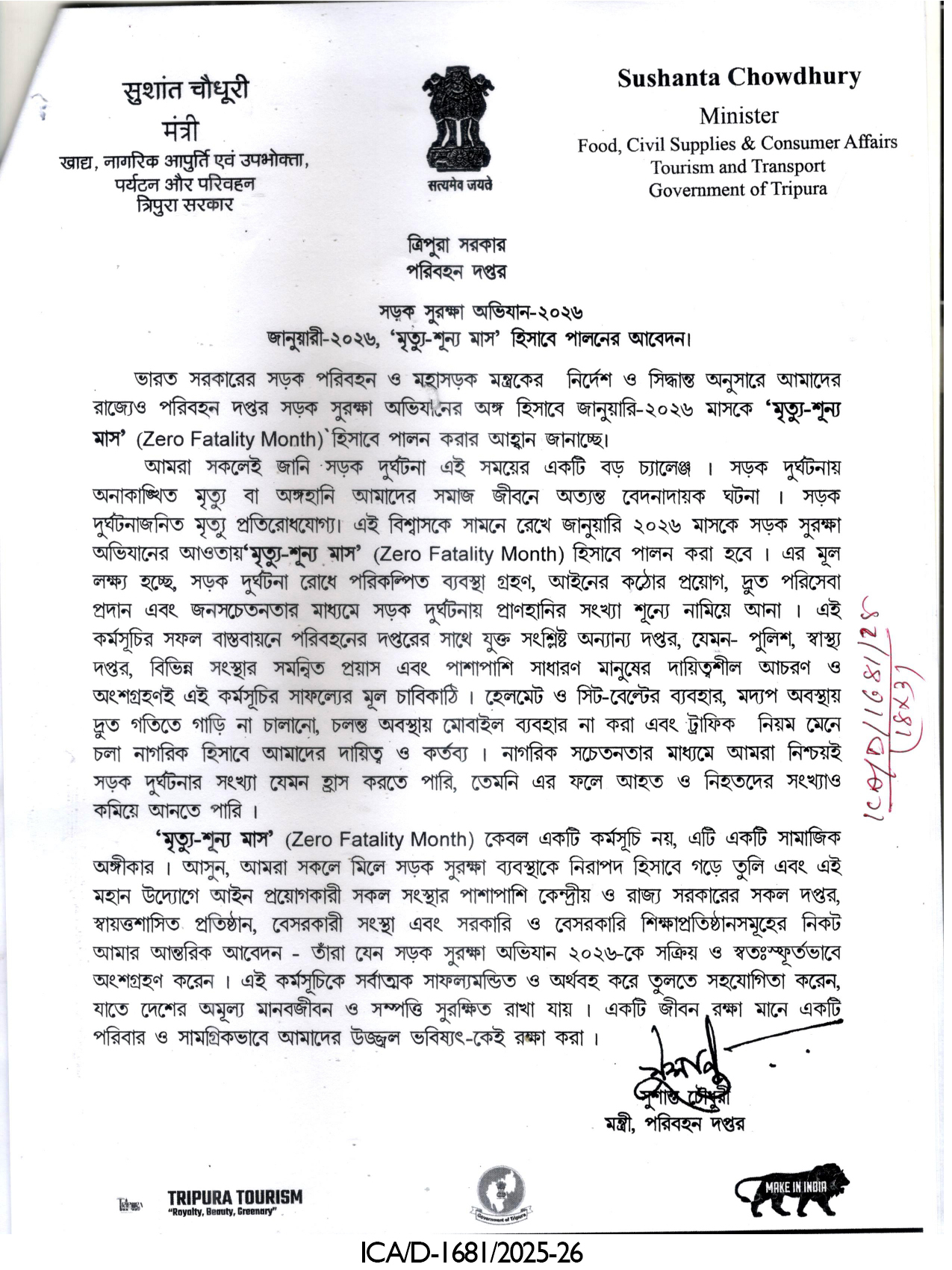President Trump’s steep USD 100,000 H-1B visa fee hike threatens Indian professionals and reshapes global tech hiring. While the rich get a fast-track “Gold Card,” entry- and mid-level talent may find the American dream slipping out of reach.
The allure of the American dream—long seen as a gateway to prosperity, innovation, and global careers—now faces its steepest challenge yet. United States President Donald Trump’s decision to hike H-1B non-immigrant visa fees to an astronomical USD 100,000 has set off shockwaves across the globe, particularly in India, where thousands of students and young professionals aspire to build their careers in the U.S.
The fee hike, introduced under the “Restriction on Entry of Certain Non-immigrant Workers” executive order, is likely to fundamentally reshape the dynamics of skilled migration and the U.S. labor market. Immediate ripples are already visible in travel advisories, employer hiring strategies, and market reactions. But the medium- and long-term implications are expected to be even more profound, with changes in sourcing strategies in technology, professional services, and higher education.
Impact on Early and Mid-Career Professionals
The most severe blow will fall on entry-level and mid-level professionals, who form the bulk of H-1B visa applicants. Current U.S. Department of Labor data shows that early-career workers in the U.S. earn USD 65,000 to 80,000 per year, while mid-career professionals earn around USD 100,000 to 122,000. For these segments, a visa fee of USD 100,000 would be prohibitive, essentially sealing off the entry route for many.
By contrast, senior executives and highly paid specialists—those commanding six-figure salaries and above—may not be as severely impacted, since employers are more likely to absorb or share the steep cost. Yet, as analysts point out, “a new Satya Nadella or Sundar Pichai needs to rise from the ranks”—and it is precisely this pipeline of talent that could now be choked.
Disproportionate Effect on Indian Nationals
Indian nationals are the most significant beneficiaries of the H-1B visa system, making up seven out of every ten approvals, while China comes in a distant second. According to official estimates, about 442,000 individuals currently work in the U.S. on H-1B visas, most of them concentrated in computer-related fields such as software engineering, data science, systems analysis, and AI/ML engineering.
The majority of these workers are employed by large U.S. tech companies and Indian IT service providers, both of which rely heavily on skilled international labor. With the new visa pricing, both sectors are expected to restructure staffing models or shift to alternative pathways, such as offshore hiring and nearshoring to Canada or Mexico.
Gold Card for the Wealthy
In stark contrast to the restrictive H-1B changes, the Trump administration has introduced a “Gold Card” visa program, which offers expedited immigration pathways to wealthy foreigners willing to make significant financial contributions. Individuals can qualify by donating USD 1 million personally or USD 2 million through corporate entities.
This dual-track system—restrictive for skilled professionals but accommodating for the ultra-rich—has drawn sharp criticism for privileging wealth over merit.
Citing Domestic Unemployment
The administration justifies the hike by citing domestic unemployment figures from the Federal Reserve Bank of New York. According to its findings, unemployment rates among U.S. graduates in computer science and computer engineering are alarmingly high—6.1% and 7.5% respectively—more than double that of biology and art history graduates. Moreover, underemployment rates in these fields stand at 16.5% and 17%, suggesting that many graduates are working below their skill levels.
This, the administration argues, underscores the need to rebalance labor market access in favor of domestic graduates. However, critics point out that the numbers are influenced by structural changes in the tech industry, including generative AI adoption, mass layoffs, and recalibrated hiring practices.
Broader Economic and Social Consequences
Historically, American firms outsourced manufacturing and frontline service roles abroad, while domestic efforts focused on high-value functions such as design, management, and advanced engineering. This strategy reduced costs, boosted profitability, and lowered consumer prices, but also displaced local workers in certain sectors.
The H-1B fee hike appears to be a continuation of that trend, but with a new twist: it is expected to push companies toward offshore expansion, creating a geographic rebalancing of the global workforce. This could ultimately erode the U.S.’s competitive advantage in attracting the world’s top talent.
| Also Read: Bangladesh Faces Remittance Slowdown from Middle East |
For now, the message is clear: the American dream is still alive, but it now carries an extremely high price tag—one that many aspiring professionals may no longer be able to afford.







